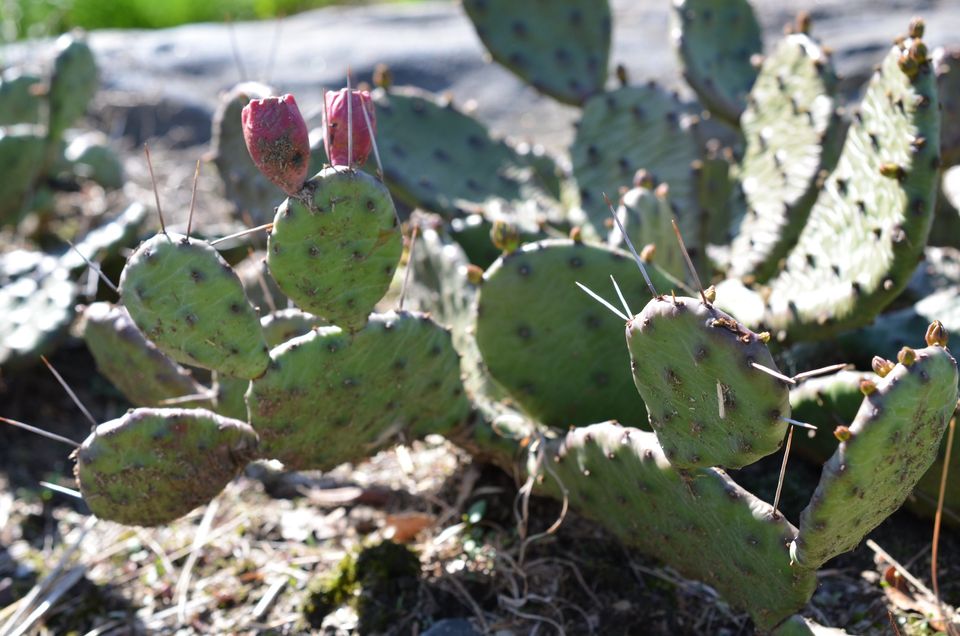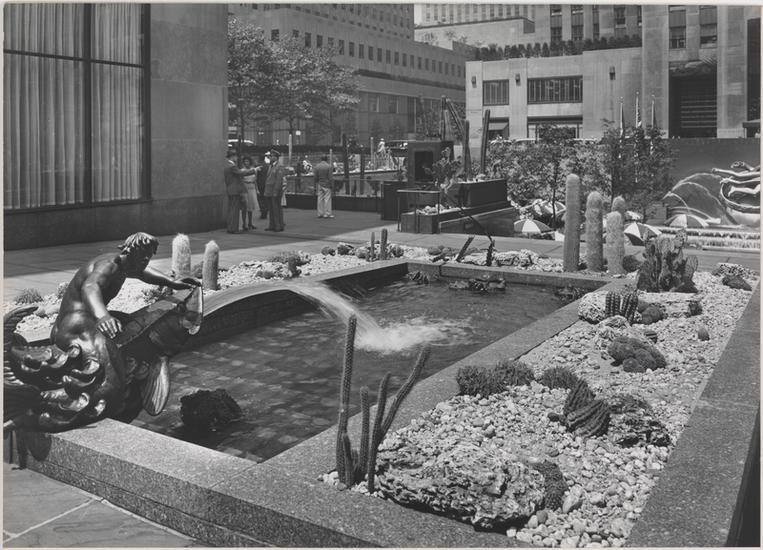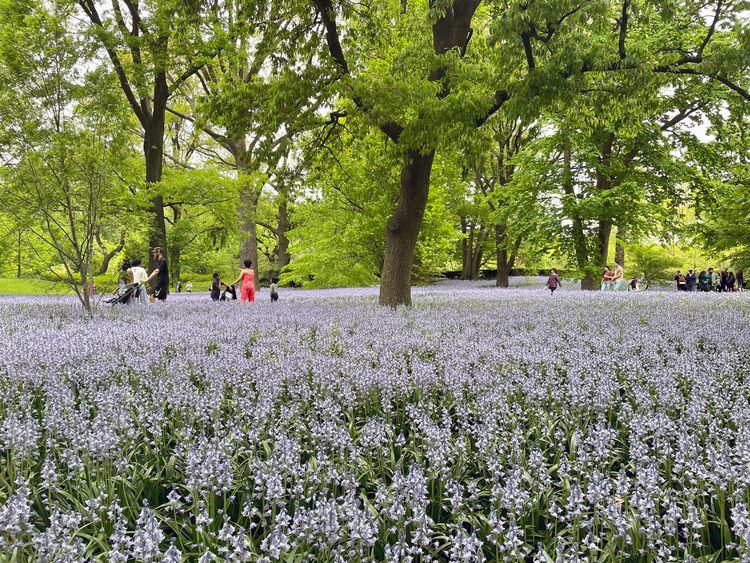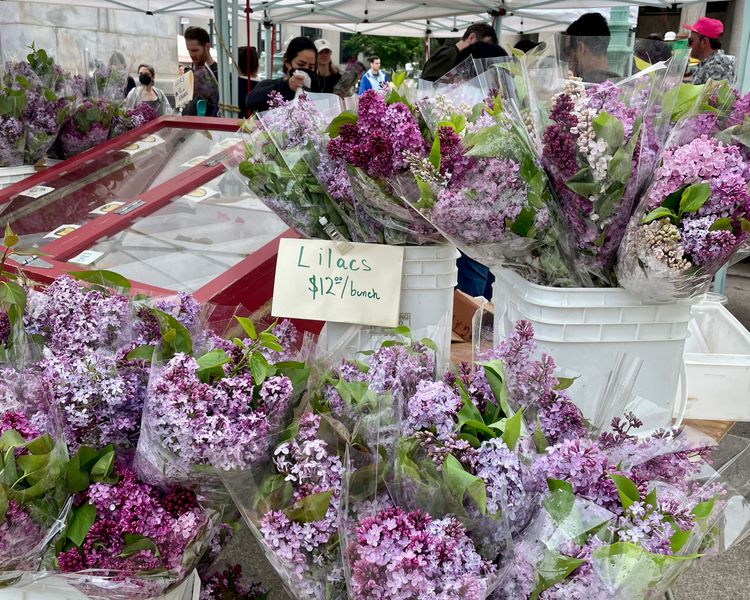The City’s Native Cactus Revives from its Cadaverous Winter Husk

Cacti may be at the bottom of your list when thinking of flora in New York, and if you come across the native Opuntia humifusa, or eastern prickly pear, in winter, your concerns about the spiny plant’s survival on the East Coast may be confirmed. Flat on the ground, its paddle-shaped pads withered like a mummy’s flesh, it looks like it has witnessed its last summer. Yet this is an adaptation, allowing it to withstand water freezing in its stems. Even if a pad breaks off its branching body, it can easily root again. Wait for that warm weather to return, and it will resurrect, relishing the heat and sun.
It's most common to find the prickly pear cactus where most New York sun-worshippers go: the beach and sandy shorelines, from Staten Island to Jamaica Bay. Golden flowers bloom in late spring and early summer, bringing color to the dunes where this hardy plant endures the winds and frigid temperatures of winter and the harsh heat of summer. Look closely, and you may see bees enjoying the broad flowers with their stamens capped with abundant pollen; Dave Taft in the New York Times called the prickly pear cactus “evolution’s answer to a bee’s dreams.”
The cactus gets its name from its edible red and purple fruits that New Yorkers have enjoyed going back to the Lenape. However, harvesting in delicate environments where the cactus is a protected plant, and among its hazardous spines, is not recommended; there’s a reason it is nicknamed the devil’s apple. (Buy some at the grocery store instead!) Rather than consuming our cactus neighbors, admire them for their persistence and strength. Do you feel desiccated after the long winter? A little flat and tired? Take a trip to the shoreline and walk over the sand; watch out for the prickly pear cactus. It, too, had a rough few months, waiting for that summer sun. Now it is back, and the bees will soon be rejoicing in its yellow flowers, covering their bodies in pollen. Celebrate in your own way that another season of warmth is upon us.

- If you are imagining the cacti of the American Southwest, the prickly pear is a much more diminutive presence. Russell Jacobs writes for Hell Gate that although eastern prickly pears in the south of the country have been known to soar to seven feet tall, here it “doesn’t get much taller than a foot and a half. It survives by hunching over, out of the way of wind and weather.”
- The Brooklyn Botanic Garden has a fine collection of cacti from around the world in its Desert Pavilion, but back in 1954, an extraordinary cactus event was reported on by the New York Times. A window was removed from the conservatory so a succulent cactus’s blooming stalk could rise toward the sky. Horticulturist Alys Sutcliffe had been caring for the plant since 1928 but had a vacation planned when it was starting to bloom: “She didn’t postpone it despite the magic beanstalk ascent.” But she did not miss out on all the spectacle, returning at its nine-foot mark and witnessing it continue to rise. A good reminder to take some time for yourself even if it seems like your work is at its most feral.
- Although encounters with cactus prickles when walking around NYC are rare, you can easily find spikes protruding from window sills, tree bed fences, and anywhere else that might offer some respite for a tired person. These human-made points of metal are part of “hostile architecture,” which is intended to discourage loitering but contributes to an unwelcoming environment across the city. Gothamist published a field guide to its many antagonistic forms, from benches inclined with the severity of ski slopes to sidewalk alcoves filled with metal spikes.




